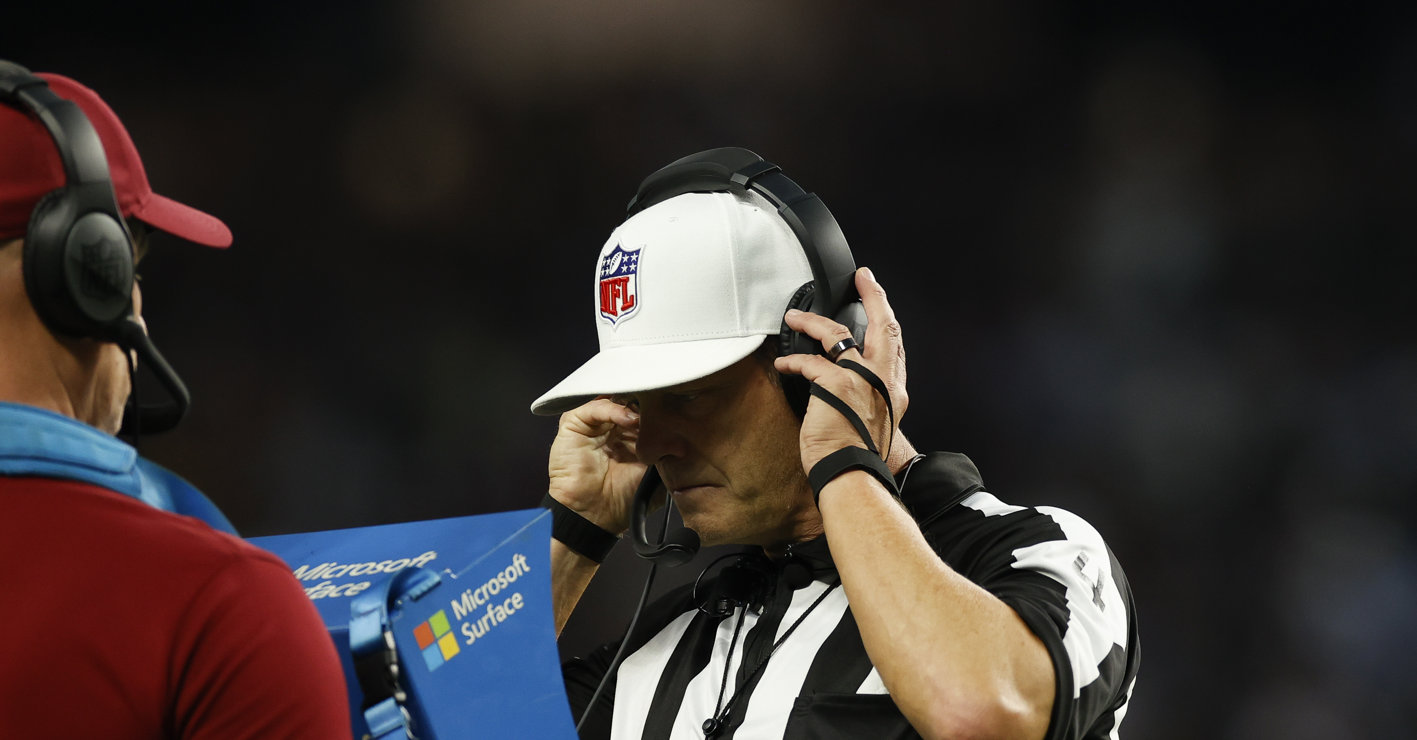Referees missed fewer calls and football had less unfair calls, but as a cause, more plays were reversed because of instant replay. In April 1992 instant replay got banned for four years.
It got banned because it was making the games too long, extending each and every play that needs to be reviewed. This caused the fans all around America to give feedback to ban instant replay. Before Tony came up with the current way of instant replay, it wasn’t “instant”, so he had to innovate it. Another reason is because it wasn’t doing what they were hoping for. Instant replay was clunky and hard to use on each and every play, so they had to keep making it better and more usable in games. This made college football not use it in most games until they could get it to run more smoothly.
